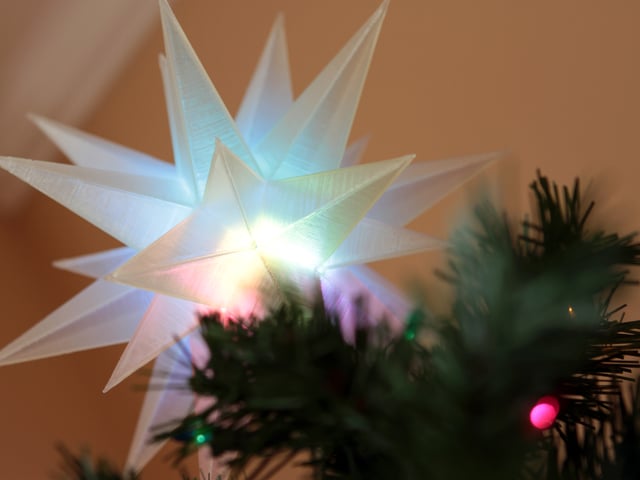Flexible Filament
NinjaFlex is a specially formulated thermoplastic elastomer (TPE) that produces flexible prints with elastic properties. This material is both strong and smooth. The filament properties enable you to create printable parts for wearable electronics projects. Flexible filament works with most FD 3D printers that use 1.75mm or 3mm filament.Flora Band
The band is designed to be worn on your wrist or fore arm. It's a classic 6-hole adjustment band that has pins that snap into the holes. A cover fits on the bottom of the circuit and your wrist secures the components in place.| Body Band About 45 minutes 6g |
NinjaFlex @220 No Raft No Support |
2.0 Layer Height 45/150mm/s |
| Cover About 15 minutes 3g |
NinjaFlex @220 No Raft No Support |
2.0 Layer Height 45/150mm/s |
Printing Techniques
Build Plate PreparationsThere's a great video tutorial by Dr. Henry Thomas who demonstrations a great technique for preparing acrylic build plates for awesome prints. Wipe down the plate with a paper towel lightly dabbed in acetone. Use another paper towel and apply a tiny dab of olive oil. Wipe down the plate so a small film of oil is applied, this will allow the parts to come off the plate easier.
Live Level
We recommend going raft-less for each piece because it will have the best quality result. Each piece will require a well leveled platform. We tend to "live level" our prints, meaning we adjust the build plates thumb screws while the print is laying down filament. This way we can make adjustments directly and improve the leveling by seeing how the extruders are laying down the first layer onto the build plate. We recommend watching the first layer so that you get a more successful print. If you see the layers aren't sticking or getting knocked off, you can always cancel print, peel it off and try again.


















